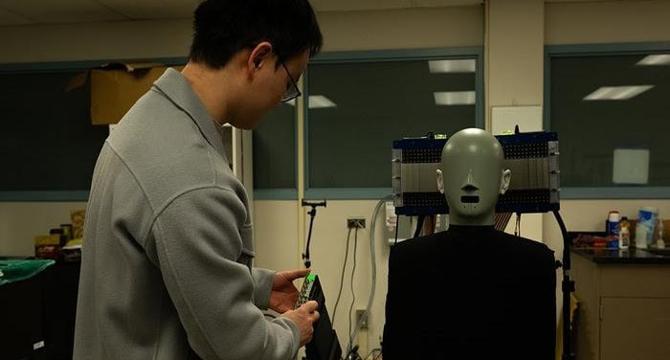Physicsworld
1M
190

Image Credit: Physicsworld
Isolated pockets of audible sound are created using metasurfaces
- Researchers have developed a method to create localized zones where sound is audible but unheard outside, known as 'audible enclaves.'
- They utilize a technique involving difference-frequency wave generation by intersecting ultrasonic beams to generate audible sound only at specific locations.
- To prevent obstacles from blocking sound beams, they use self-bending beams through specially designed metasurfaces.
- Metasurfaces control ultrasonic wave phases, similar to how an optical lens bends light, enabling precise sound manipulation.
- Computer simulations and experiments validate the practical viability of creating audible enclaves using metasurfaces and self-bending beams.
- The innovation allows sound to be produced in intended areas while remaining silent elsewhere, with applications in personalized audio experiences, secure communications, and more.
- By varying ultrasonic frequencies, a range of audible sounds covering human auditory spectrum frequencies is achievable.
- Possible applications include personalized museum experiences, non-intrusive navigation in cars, and immersive soundscapes in virtual reality.
- Challenges include ensuring safe ultrasonic beam intensities for practical sound levels and improving sound quality and efficiency.
- Future developments may involve deep learning and collaborations to bring this technology to consumer electronics and other applications.
Read Full Article
11 Likes
For uninterrupted reading, download the app